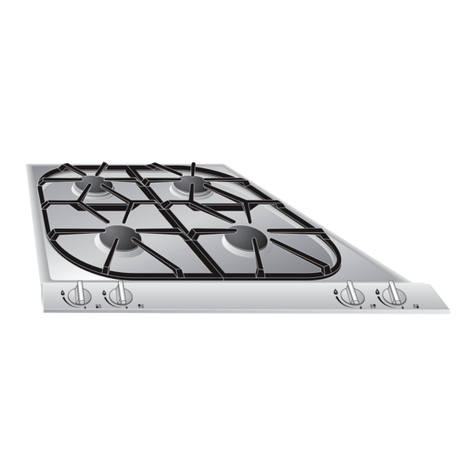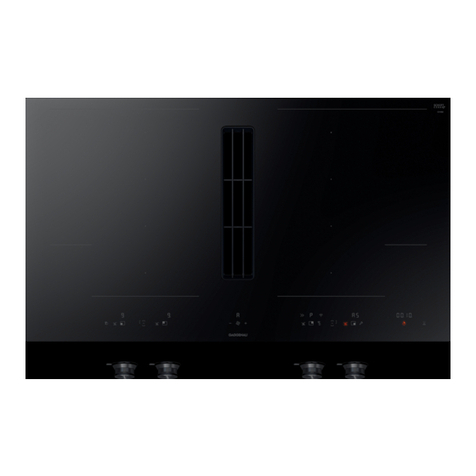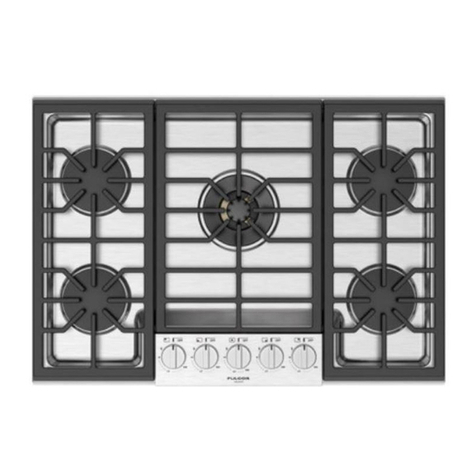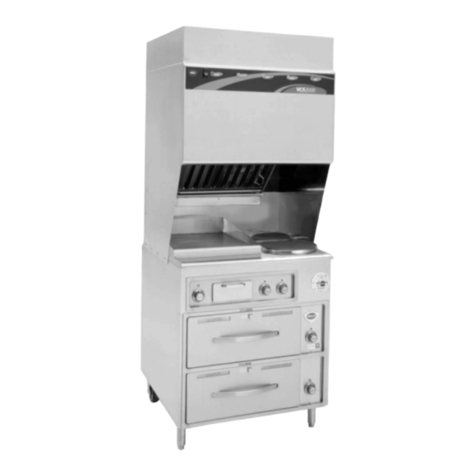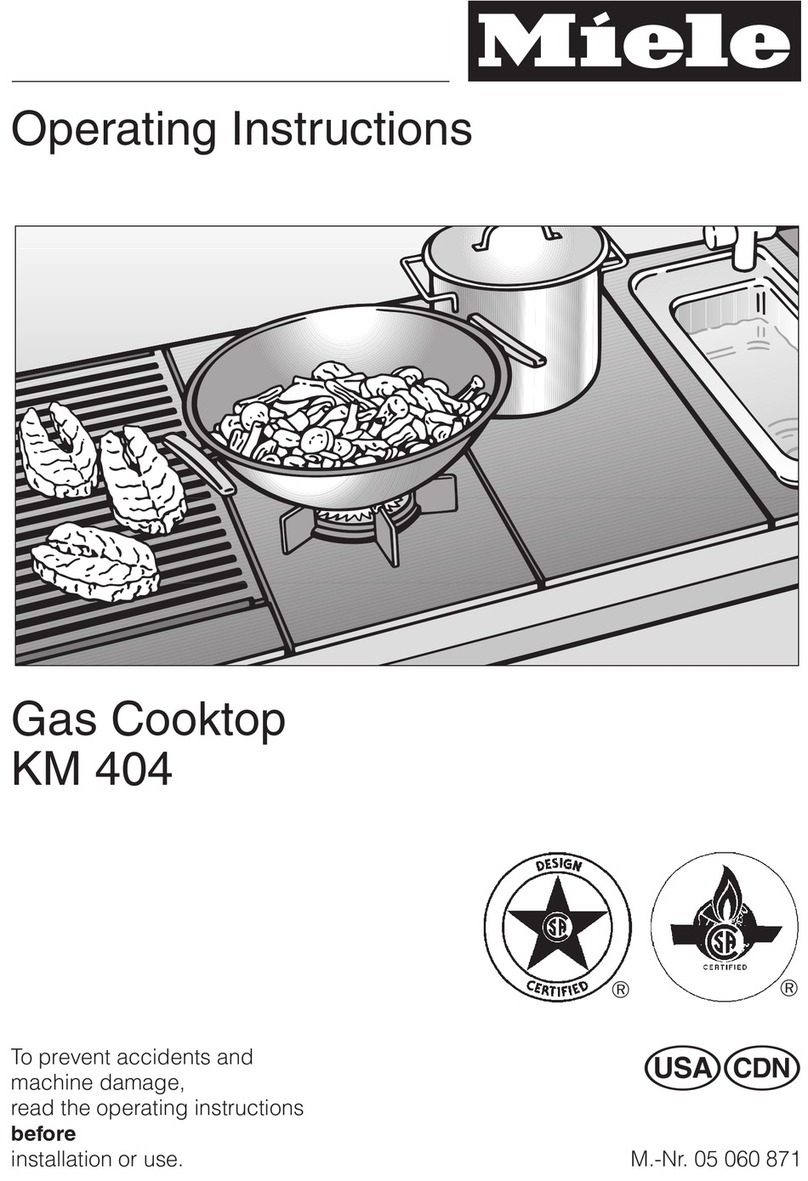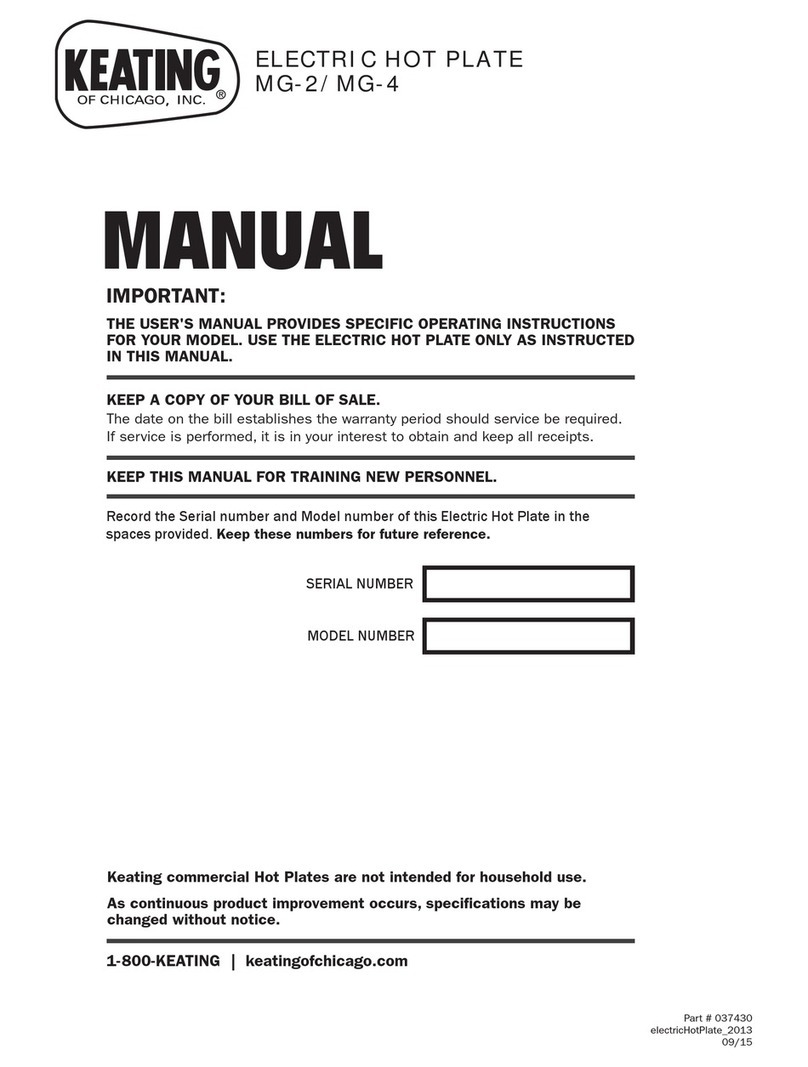Gaggenau VG 232 AU User manual
Other Gaggenau Cooktop manuals
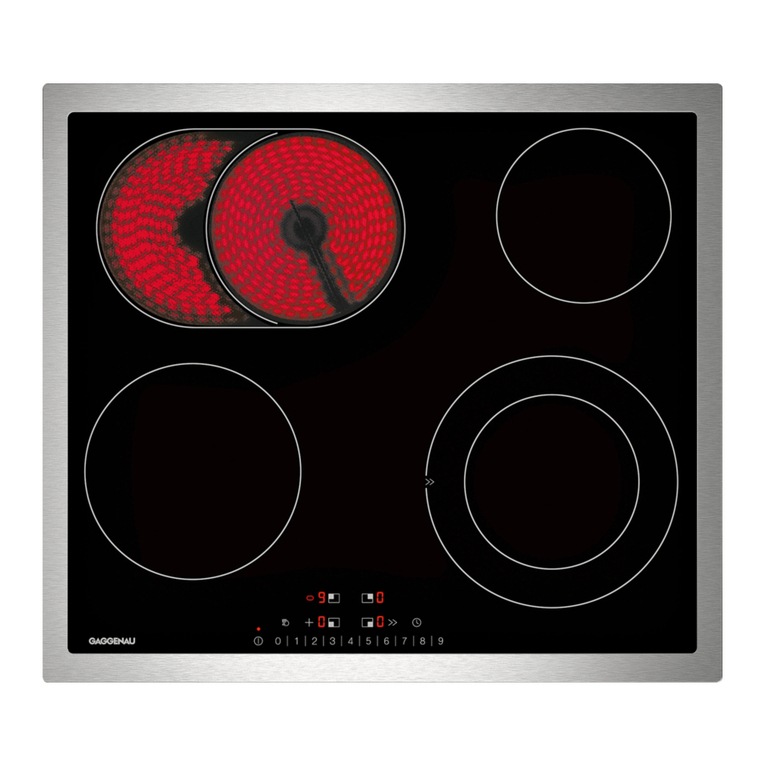
Gaggenau
Gaggenau CE 273 User manual
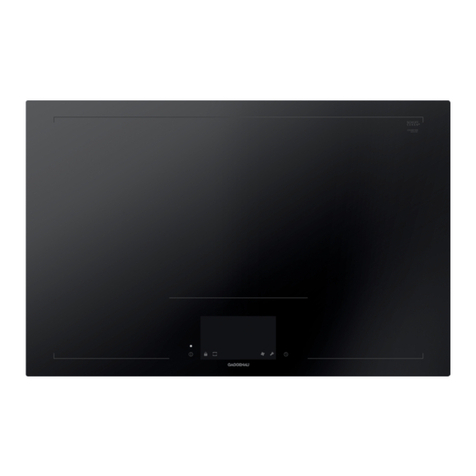
Gaggenau
Gaggenau CX 482 User manual

Gaggenau
Gaggenau CI 292 610 User manual

Gaggenau
Gaggenau VG 264 234 AU User manual

Gaggenau
Gaggenau VG 295 234 AU User manual

Gaggenau
Gaggenau VP 230 620 User manual
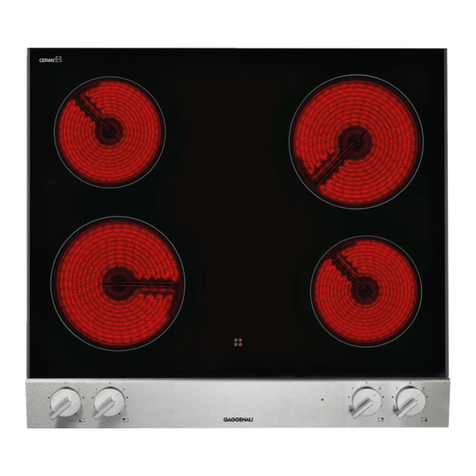
Gaggenau
Gaggenau VE 230 934 User manual

Gaggenau
Gaggenau Vario 400 Series User manual
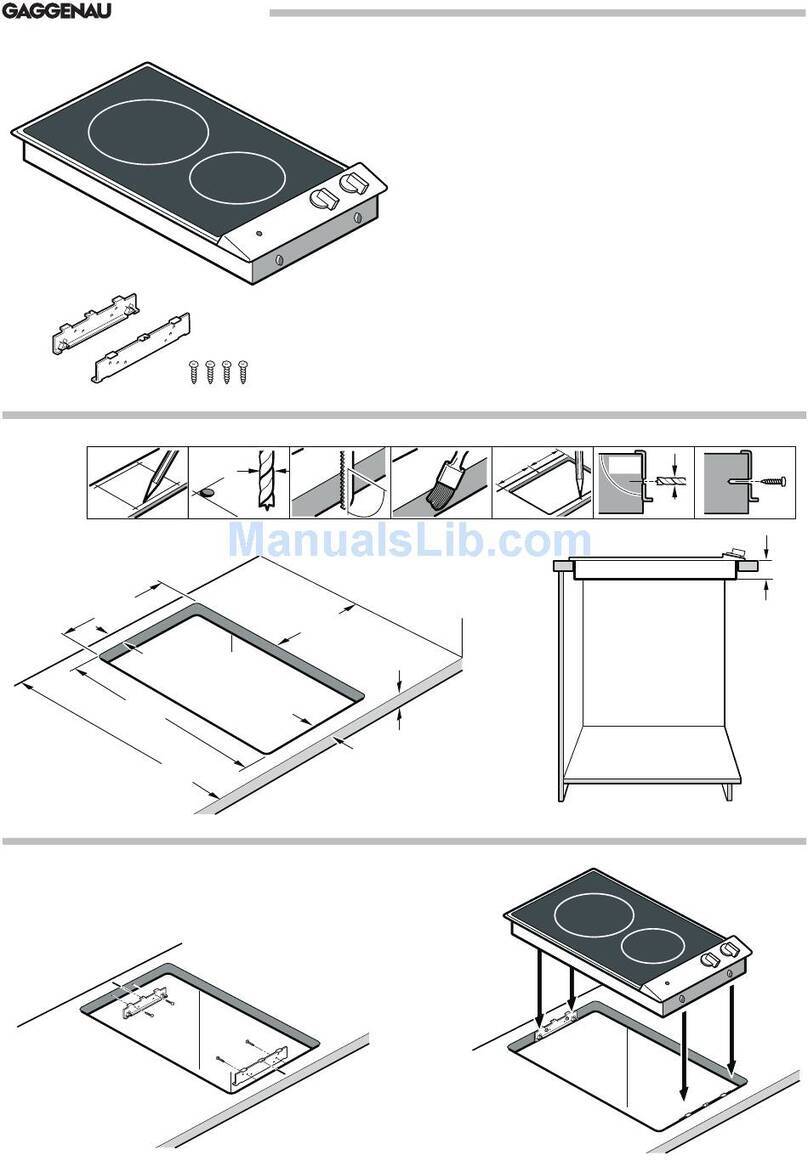
Gaggenau
Gaggenau VE 230 934 User manual
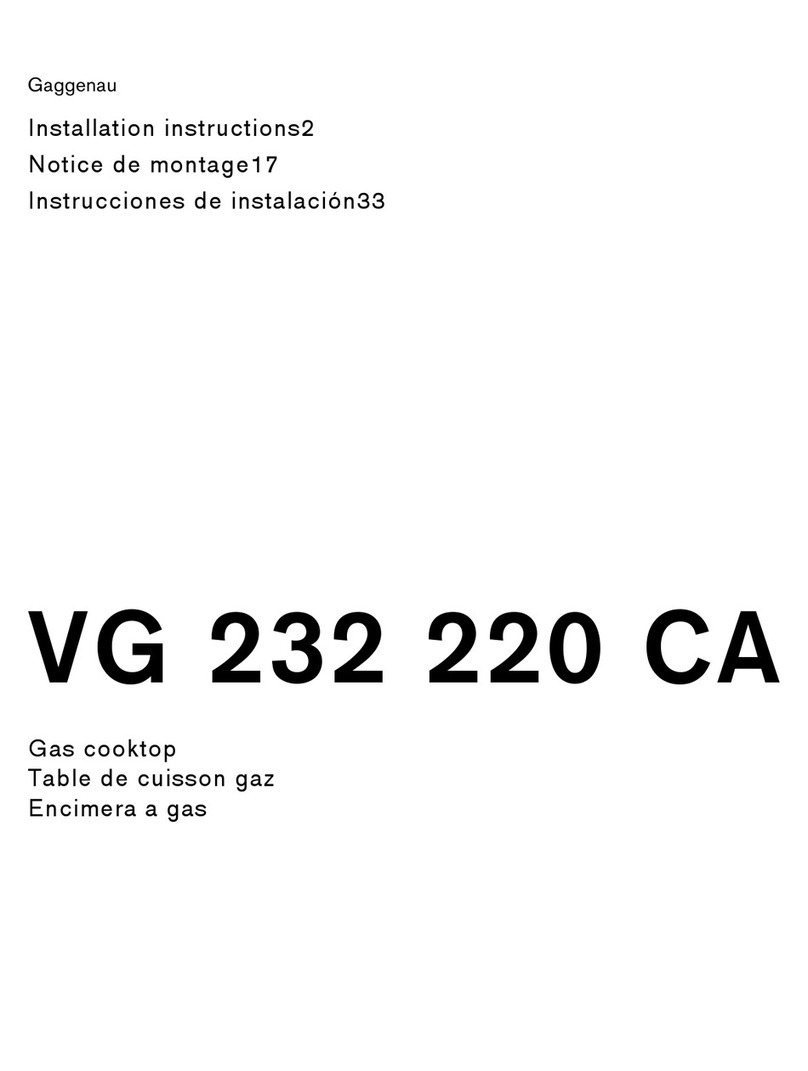
Gaggenau
Gaggenau VG 232 220 CA User manual

Gaggenau
Gaggenau VG 295 150 CA User manual

Gaggenau
Gaggenau CI 282 610 User manual
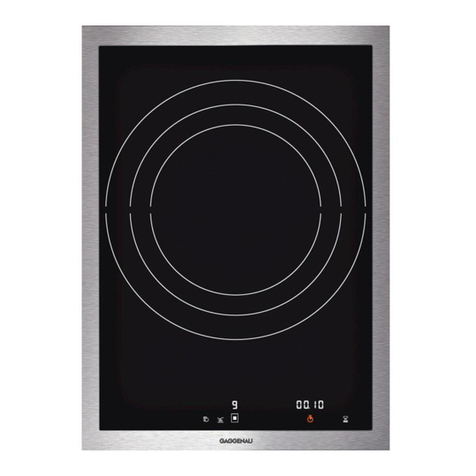
Gaggenau
Gaggenau VI 414 611 User manual
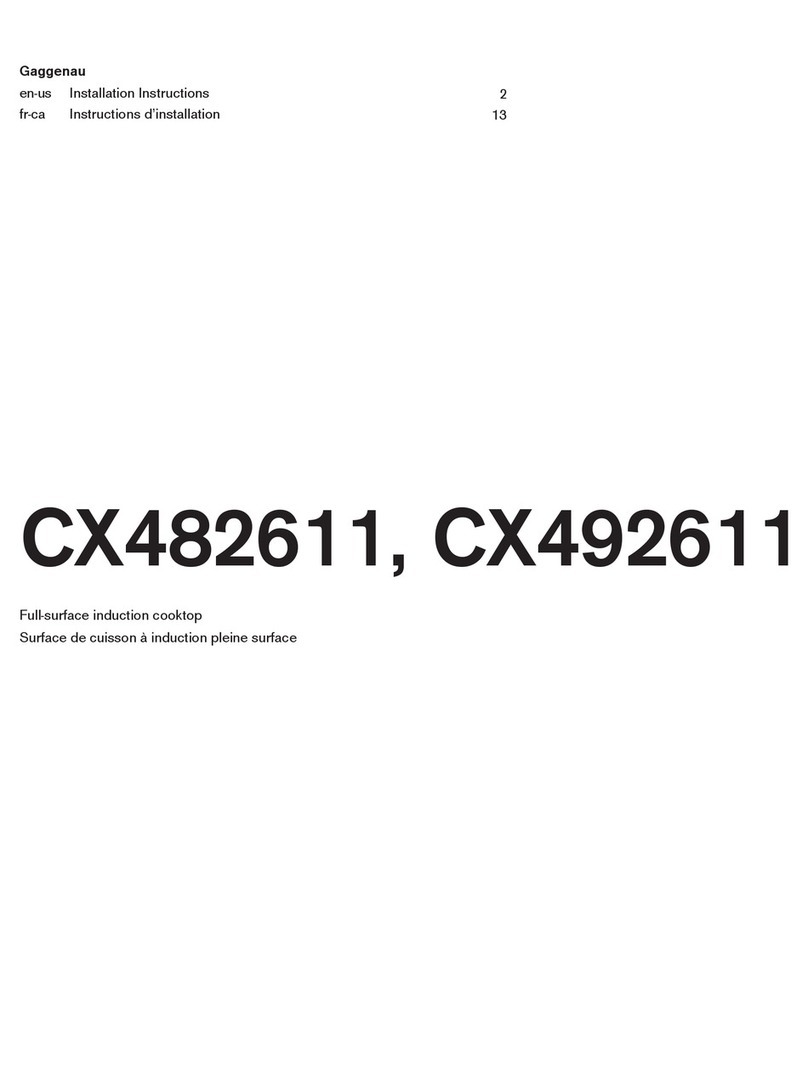
Gaggenau
Gaggenau CX482611 User manual

Gaggenau
Gaggenau CG280211CA User manual
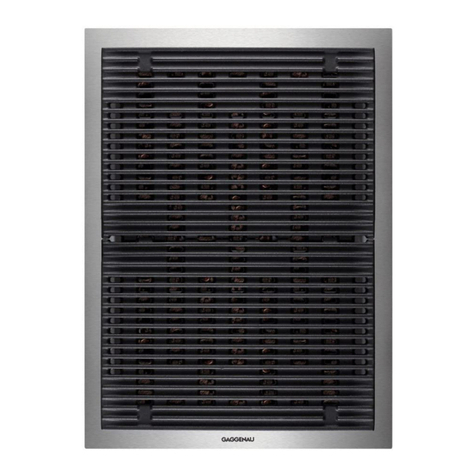
Gaggenau
Gaggenau Vario 400 Series User guide
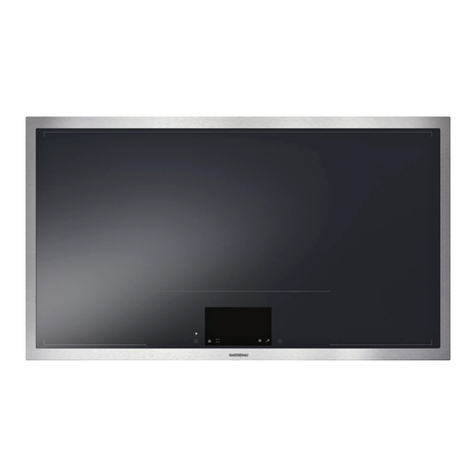
Gaggenau
Gaggenau CX492610 User manual
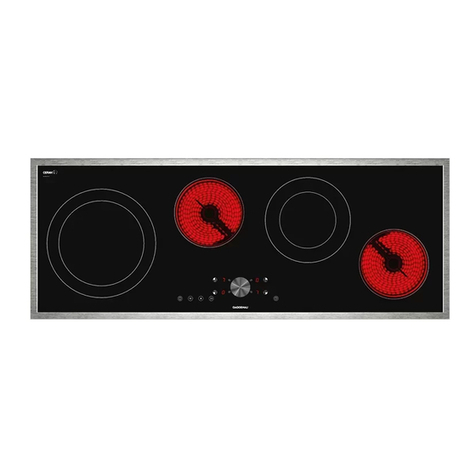
Gaggenau
Gaggenau CE 490110 User manual

Gaggenau
Gaggenau CX 492 Specification sheet
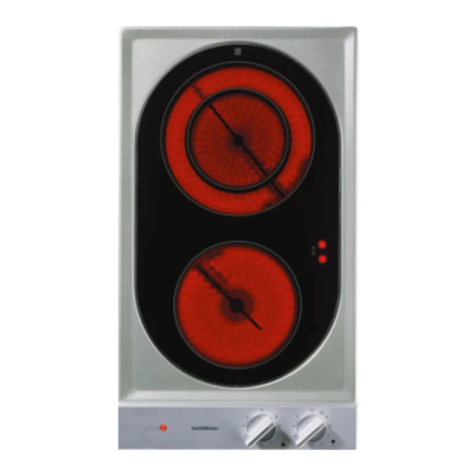
Gaggenau
Gaggenau VC 230 Product guide
Popular Cooktop manuals by other brands
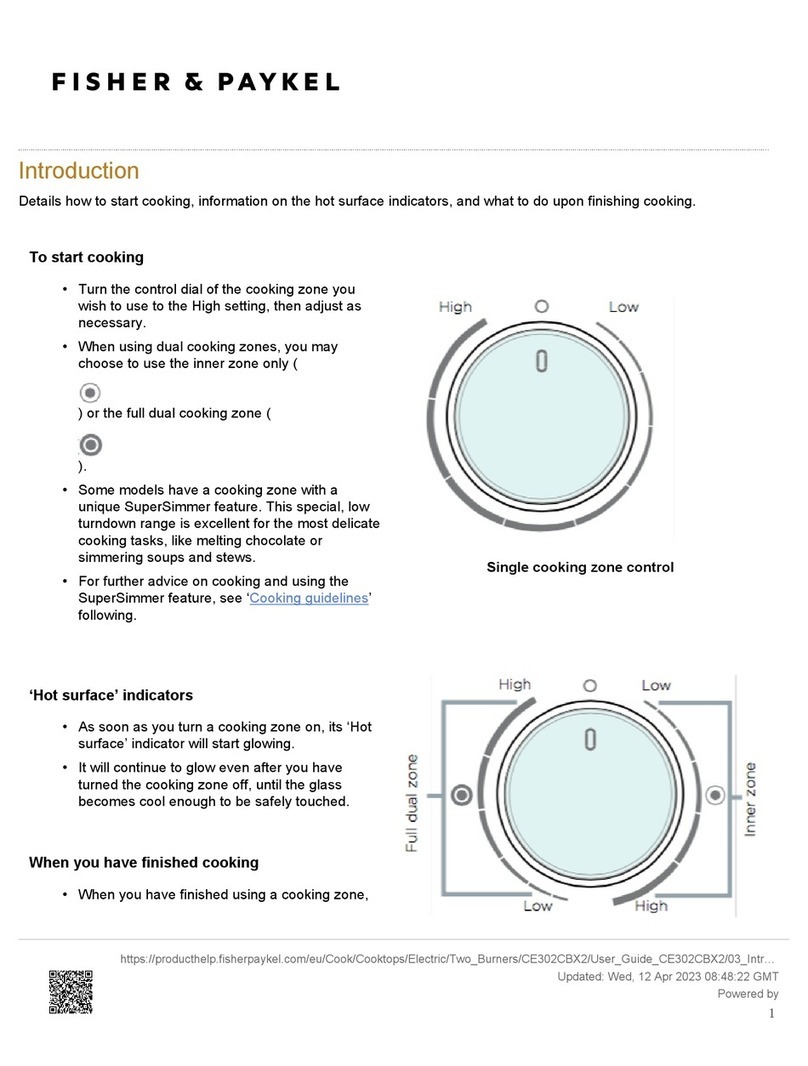
Fisher & Paykel
Fisher & Paykel CE302CBX2 manual

Whirlpool
Whirlpool GJC3634RB00 parts list
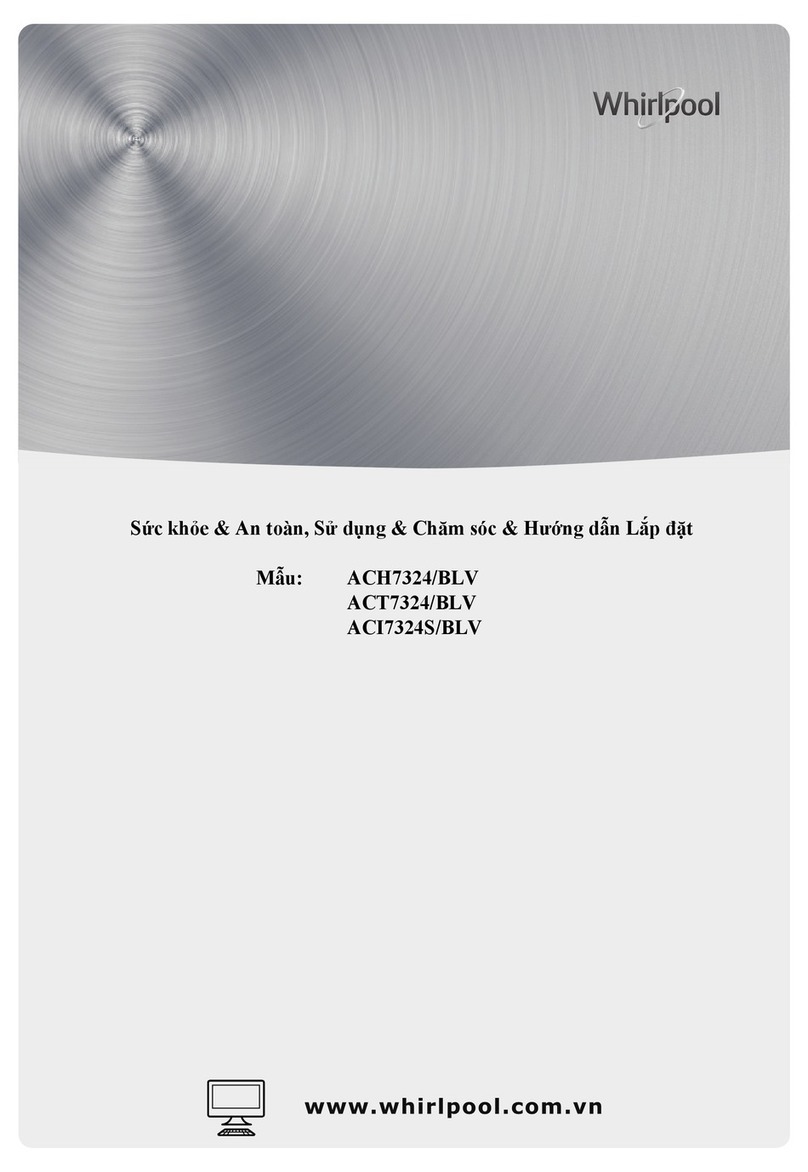
Whirlpool
Whirlpool ACH7324/BLV Use, care and installation guide
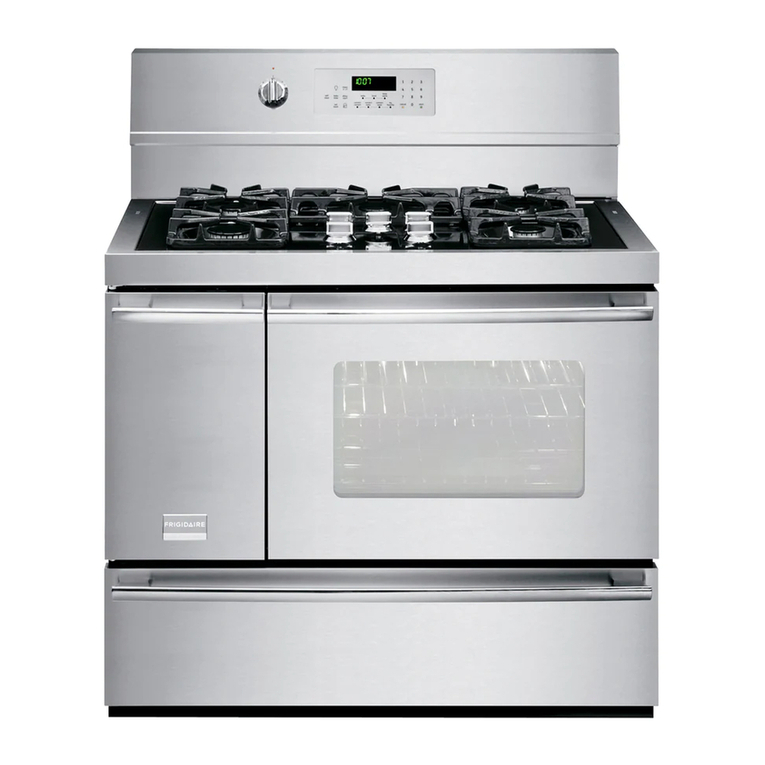
Frigidaire
Frigidaire Professional FPDF4085KF Important safety instructions
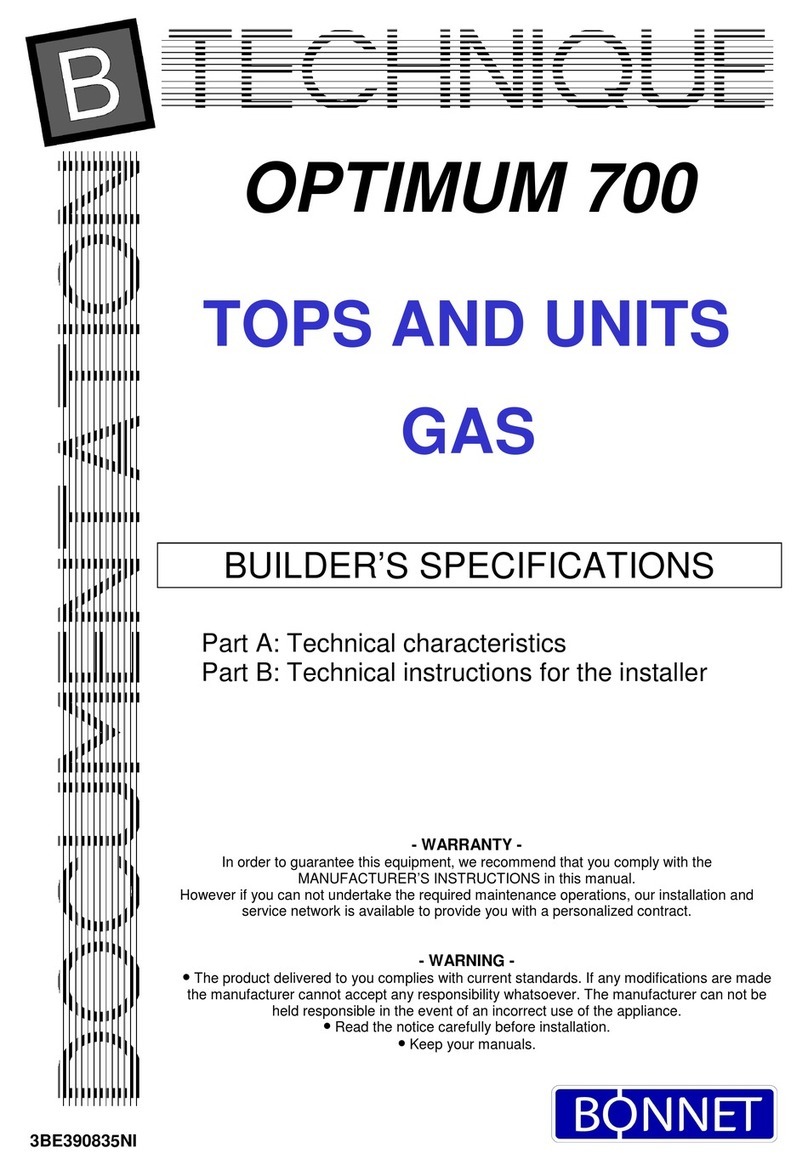
Bonnet
Bonnet OPTIMUM 700 Technical instructions
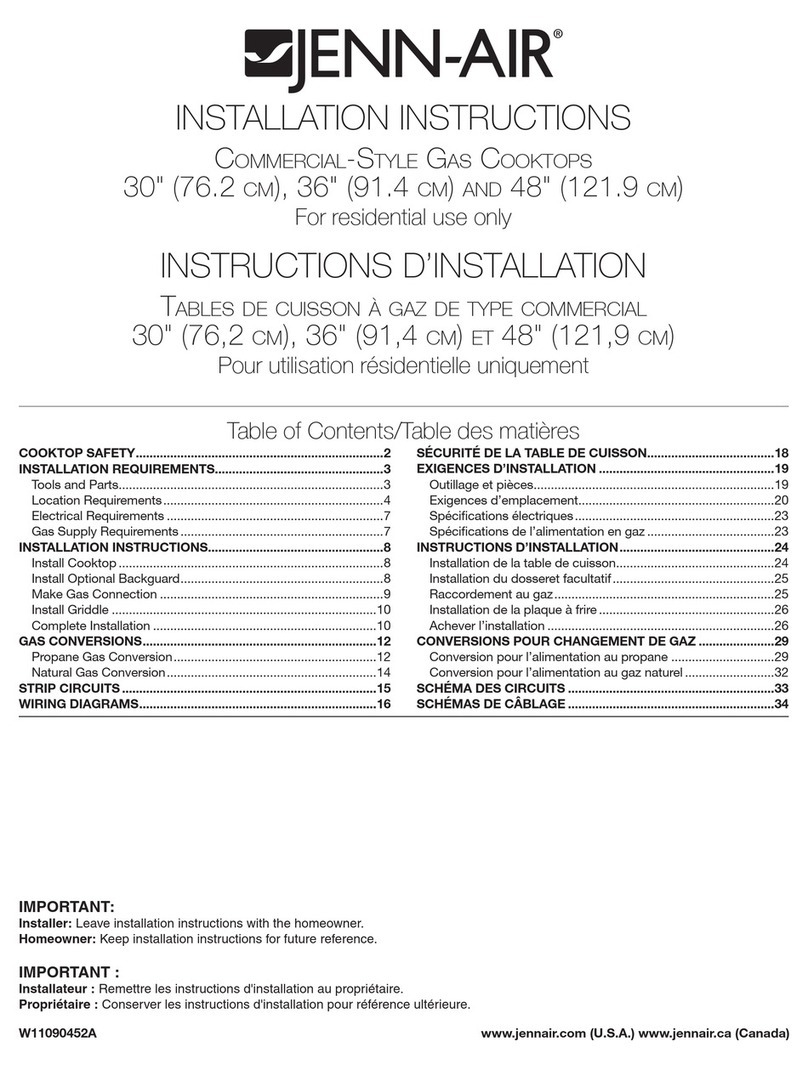
Jenn-Air
Jenn-Air JGCP430 installation instructions
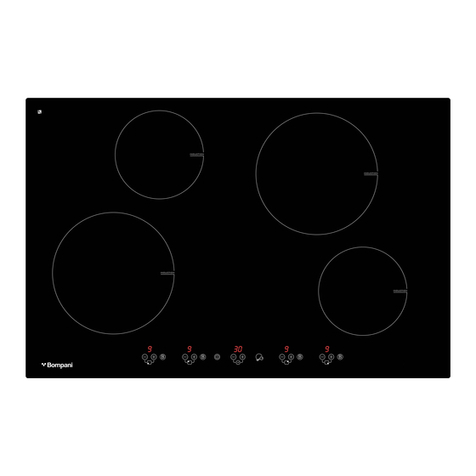
Bompani
Bompani BO374AA/E User instructions

Kleenmaid
Kleenmaid cooking GCTK9011 Instructions for use and warranty details
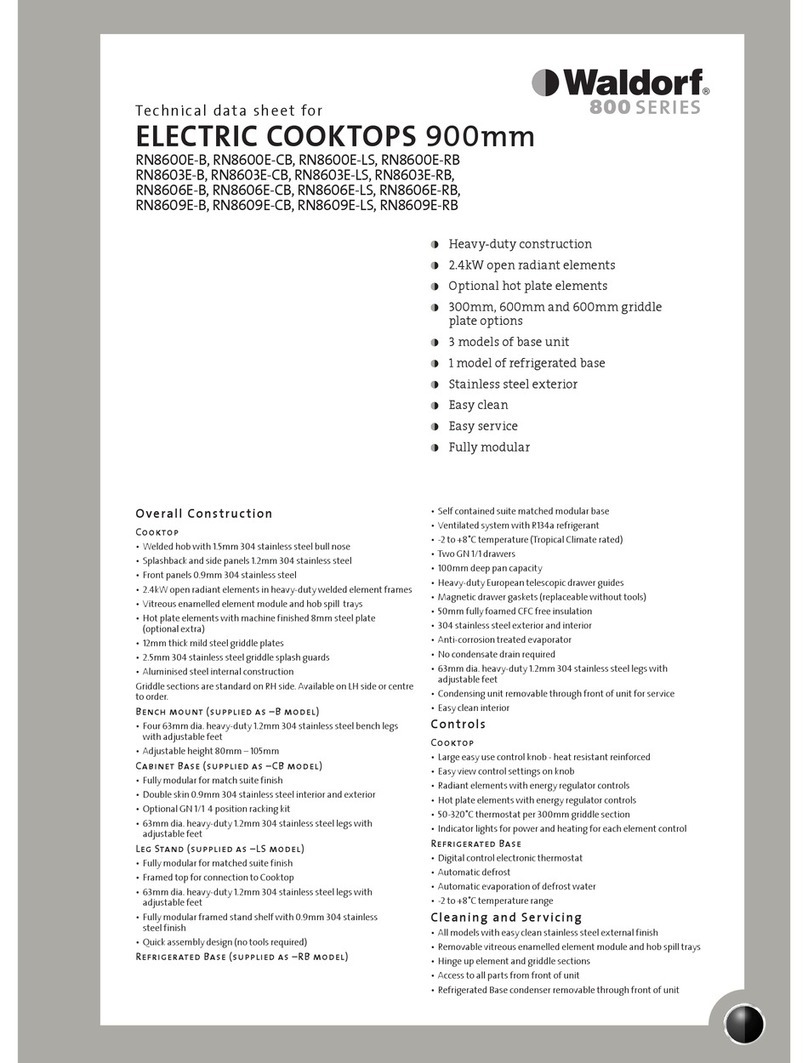
Waldorf
Waldorf RN8603E-B Technical data sheet
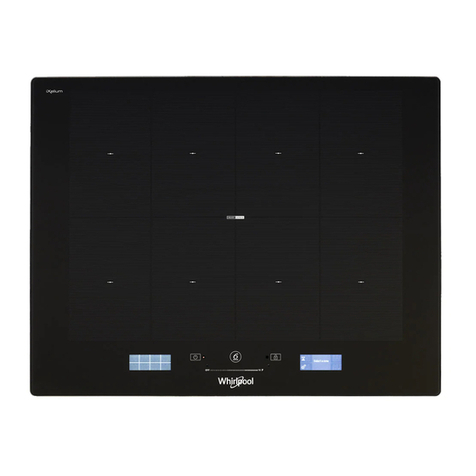
Whirlpool
Whirlpool SMP658CNEIXL quick guide
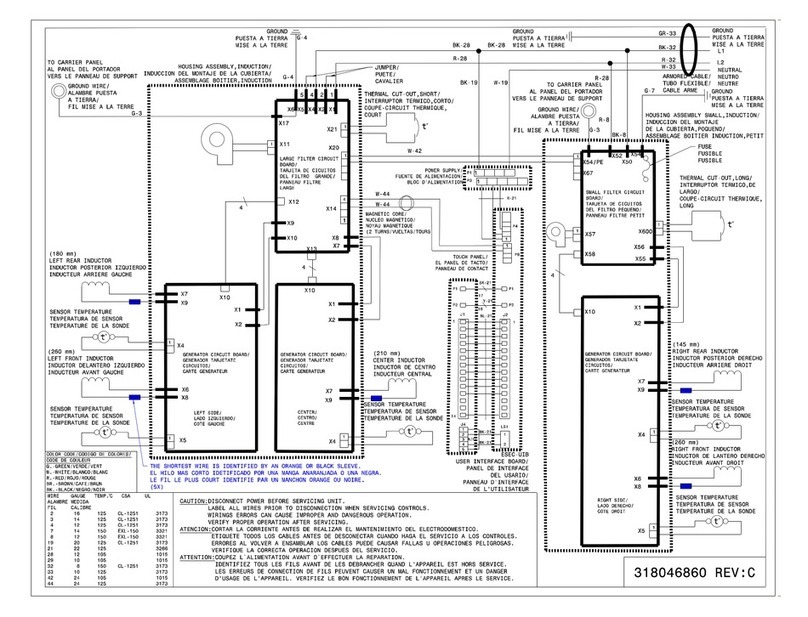
Electrolux
Electrolux E36IC80ISS - 36" Induction Cooktop Wiring diagram

Wolf
Wolf CI243C/B Use and care guide
